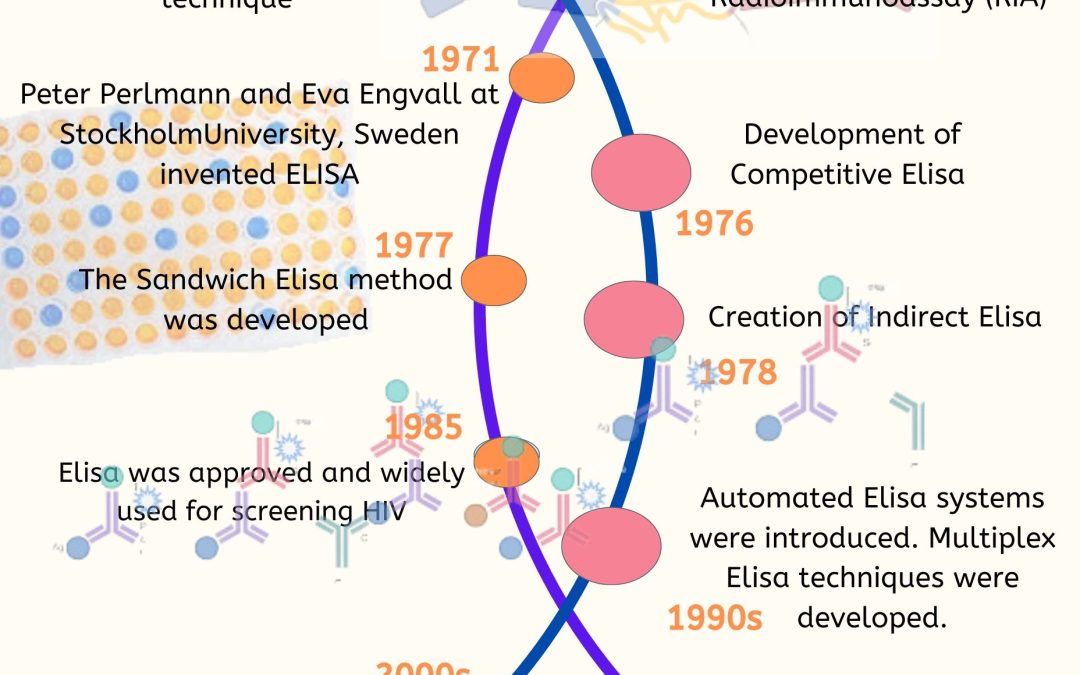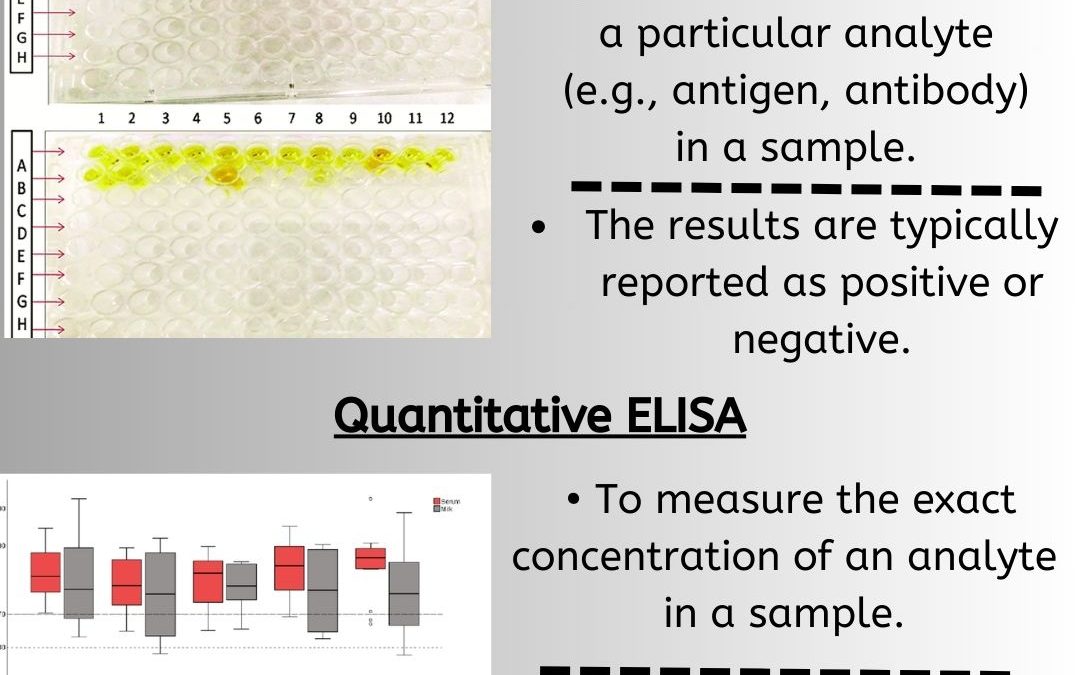
by MyBiosource Editorial Team | Jun 5, 2025 | Uncategorized
Sensitivity reflects a test’s ability to correctly identify individuals with a disease or condition, while specificity measures its ability to correctly identify those without the condition, crucial for minimizing false positives and...
by MyBiosource Editorial Team | Apr 8, 2025 | Uncategorized

by MyBiosource Editorial Team | Aug 6, 2024 | Uncategorized
Key Milestones 1941 – Introduction of Immunofluorescence In 1941, Albert H. Coons and his team were the first to label antibodies with a fluorescent dye, pioneering a technique that allowed for the visualization and identification of antigens in tissue sections. This...

by MyBiosource Editorial Team | Jul 25, 2024 | Uncategorized
How to Analyze ELISA: 1. Run samples in duplicates or triplicates to ensure statistical accuracy. Average the readings for each standard, control, and sample, and subtract the average zero standard optical density (O.D.). This experiment setup helps identify patterns...

by MyBiosource Editorial Team | Jul 24, 2024 | Uncategorized
ELISA plays a crucial role in various experiments, case studies, and surveys, where precise measurement and interpretation of data are essential. There are two main types of ELISA: qualitative and quantitative, each designed to provide different insights. Qualitative...

by MyBiosource Editorial Team | Jul 22, 2024 | Uncategorized
Advancements in ELISA technology have introduced precision and innovation, significantly enhancing its sensitivity and specificity for detecting and quantifying target proteins across a variety of samples. Originally developed as an alternative to radioimmunoassay,...








